Being rather brighter in outlook than my apparently sometimes-curmudgeonly demeanour might suggest, I spent lockdown trying if not exactly to see the sunny side of it then to at least learn any useful lessons that might be learned therefrom. And without sounding too profound, I’ve concluded that what matters most, other than the obvious, like family and friends, are experiences. All the things I recall with the most joy are those that I’ve done, not those that I’ve owned.
Yet you need at least some stuff in order to have those experiences. You’re not going to get very high up a mountain without some decent walking boots, nor jump out of an aircraft without, well, an aircraft out of which to jump. So I’ve been thinking about what you actually need in terms of equipment to experience driving in its purest, most easily enjoyed form. And the answer is right in front of you now.
It’s a Caterham Super Seven 1600, the Super denoting its slightly olde-worlde style, with its flared wings, rear-mounted spare wheel and period-look Smiths instruments. But even if that’s not to your taste (as it is absolutely to mine), it doesn’t really matter; any simple Seven will do.
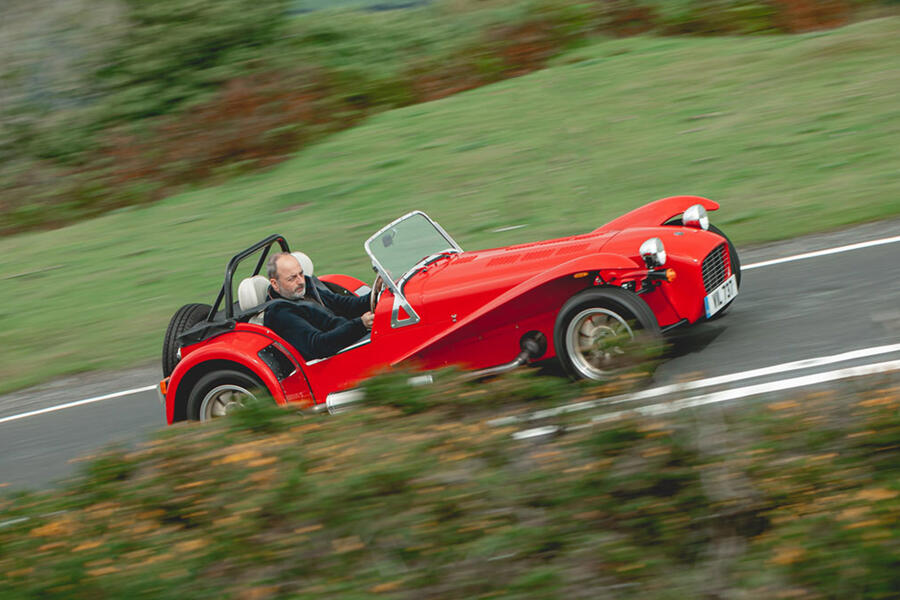
For this is not a whizz-bang supercharged brute that wants to pull you out of the back of the car every time you put your foot down, but a roadster powered by nothing more than a 1.6-litre motor, directing its modest 135bhp to the rear wheels via an open differential. It weighs just 1188 lb as standard, including its spare wheel and without having to resort to expensive options like carbonfibre seats.
If you’ve never driven a car that weighs so little, I can’t commend the experience more. We think of something like the Volkswagen Up GTI as being a tiny little flyweight, but actually it has almost exactly double the mass of this Caterham. And when a car also comes with a centre of gravity barely higher than the surface which you traverse, the result is a machine that drives utterly differently to any remotely conventional car. I’ll concede that being honed over a period of more than 60 years probably helps, too.
But it’s not quite absolutely back-to-basics and, for the experience we seek, that’s important as well. You can buy a Caterham without side screens, a windscreen or heater, and there are two consequences of doing so. The minor one is that you will save a tiny amount of weight; the rather more important consideration is that you will decimate the number of times you will feel inclined to use it. We took the pictures on this page up a Welsh mountain, and almost as soon as Max had pointed his camera at the car for the very last time, the clouds that had been gathering for a while suddenly started to unload on us. Within five minutes, there was a proper downpour – about which I cared not at all, because by then I was cocooned inside a completely weatherproof car, dry, warm, looking through an electrically heated windscreen and still enjoying the drive about a hundred times more than I might in any conventional car.
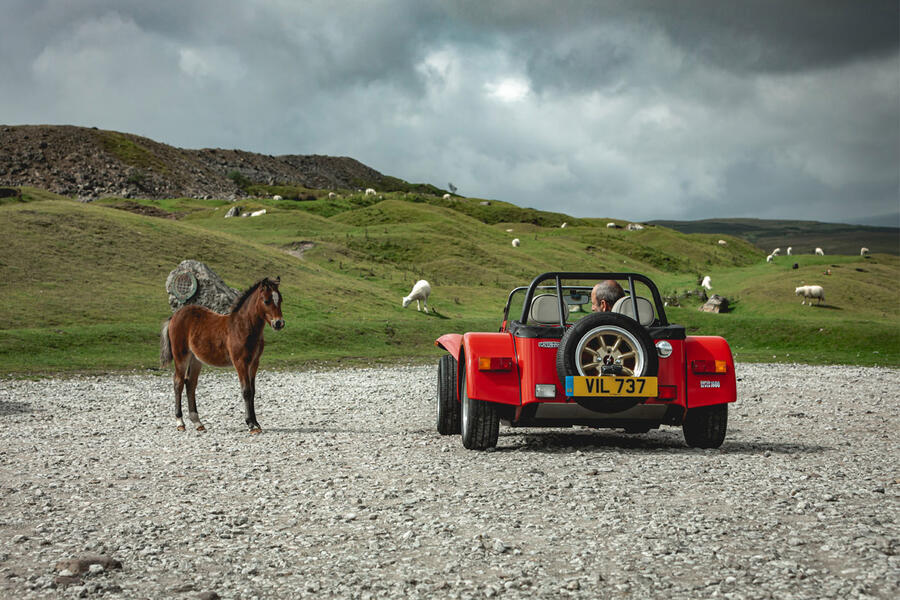
So what is it about this car? When it comes to it, what is driving pleasure actually about? I’ve said before on these and other pages that it’s not about how fast you go but how you go fast, which is why mere acceleration is such an unsatisfactory yardstick of such things, and why people who think a 2000 hp electric car is the answer to anything worthwhile are barking up entirely the wrong tree. Driving pleasure, at least to me, is all about the way the car feels – its handling, if you like, but ultimately nothing more than its ability to interpret and execute faithfully and immediately your instructions.
If there is a single word for it, it’s precision, and the lighter the car, the more precise it will be. Every time any car changes direction, there’s inertia – that force by which anything will either sit still or continue in a straight line unless otherwise influenced – to be overcome. And the heavier the car, the greater the inertia and so the greater the external force required to overcome it. It doesn’t really matter whether you’re talking about the difference between a Caterham and a two-tonne high-performance SUV or a stunt plane and an Airbus A380: one reacts instantly if you do much more than breathe on the controls, the other lumbers about the place, ponderous in response to your commands, inexact in its execution.
But in these awkward times, the Caterham actually did something else for me. Without wishing to sound too pious or profound, it reminded me that the simplest pleasures are usually the best. Stripped back is better than dressed up and, in these days of overweight, turbocharged, paddle-shifted, four-wheel-drive machines that monitor your every move and issue electronic authorisation prior to every action, to drive a light, naturally aspirated, manual, rear-drive car with no electronic enforcement of any kind is a liberating experience.
Of course, it never used to be that way. The specification of the Caterham as laid out above is the same as used for almost all sports cars throughout all bar the most recent history of the type. But our insatiable desire for more, be it defined by more safety, more power, more technology or just more of a statement in front of our neighbours, has led us far from this path.
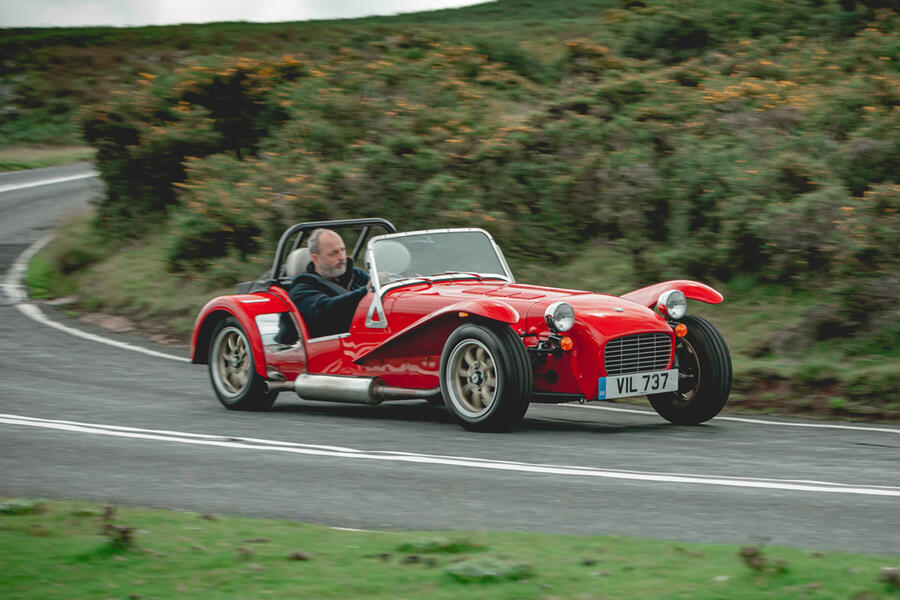
There was a time – and I’m old enough to remember it – when it was genuinely desirable for cars to accelerate quicker or corner faster, because there existed in these areas untapped potential within the broad parameters of what was safe and socially acceptable to deploy in public. But we passed those points a while back. There really is nothing to gain other than a slight feeling of sickness in the stomach in accelerating from 0-60mph in less than 3.0sec. It’s not fun. And while I suppose there is some entertainment in pulling 1.5g at the apex of a corner, it’s a pretty poor substitute for determining your direction of travel as much by foot as by hand, steering a car on the throttle as you balance it at a far lower and therefore far more accessible limit.
Simply put, I don’t want sports cars to get any faster in a straight line, nor cling to corners any more tenaciously than they do today, and not just because such abilities are of dubious value even on those very rare occasions when they can be used. They actually make cars worse.
It goes like this: you have a car and you want it to accelerate faster, so you give it more power, because that’s cheaper than removing weight and, for your marketing folk, far easier to sell. No problem. But you may find that you need a stronger gearbox and maybe beefed-up hubs, halfshafts and differential to cope with that extra power. But now that the car gains speed more quickly and is heavier, you need to give it bigger brakes, too. Your problem is that your car’s ability to lose speed is governed ultimately not by the size of its brakes but by the grip of its tyres. So you need more rubber and thus bigger wheels, which also means you can ensure lateral adhesion will increase proportionally to the performance increase (so long as you reinforce the suspension as well), and this will keep the marketing department quiet too. It’s a win, win, win.
Except with every move, the car is getting heavier. And it doesn’t stop there. The additional power brings a higher top speed, which means more aero is needed to keep it planted, which means more weight. And all that power doesn’t just generate speed, it creates something else too: heat. Which needs to be disposed of via either bigger radiators or larger air inlets or, most likely, both. Which means more weight and more drag. And of course you’re not going to go to all that effort without charging a stack more cash for the result, which means you’ll probably need to load the interior with gadgets just to enable the customer to see what he or she is buying.
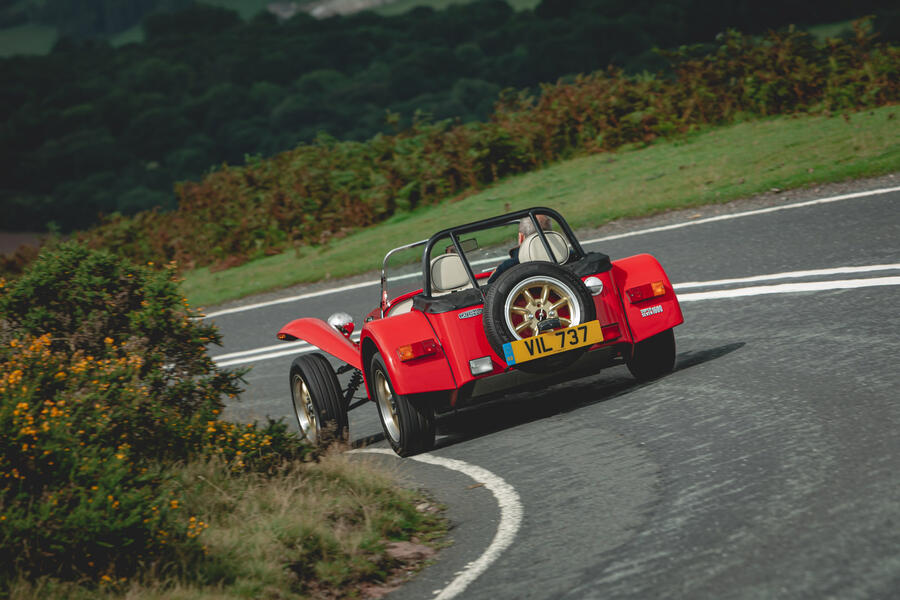
And so it goes on and on, the pursuit of speed achieved entirely at the expense of fun.
Of course I would love car manufacturers to see the error of their ways and turn the spiral of doom into a circle of virtue. But it’s not going to happen, because they know already and do nothing about it, because all they’re doing is building the cars for which their customers are asking. And I can’t blame them for that.
Sadly, the only thing that’s going to stop all this is legislation, and I like that prospect no more than I suspect you do. But sooner or later, governments will have to realise that whether you power a car by petrol, electricity or tea, a heavy car requires more natural resources than a light one, not only to build but also to run.
As the lawmakers ponder how to replace revenues lost in petrol tax as electric cars take over, I would like to see a new levy, carefully structured and worded so as not to penalise families but designed to incentivise people away from needlessly heavy, profligate cars and towards the new generation of lightweight, efficient machines with which the future of the car must ultimately lie.
Not only would owners have the satisfaction of knowing that they were doing a lot less damage to the planet, as the admittedly quite extreme example of this Caterham shows so clearly, but they would also have a hell of a lot more fun.
The top 10 light fantastics
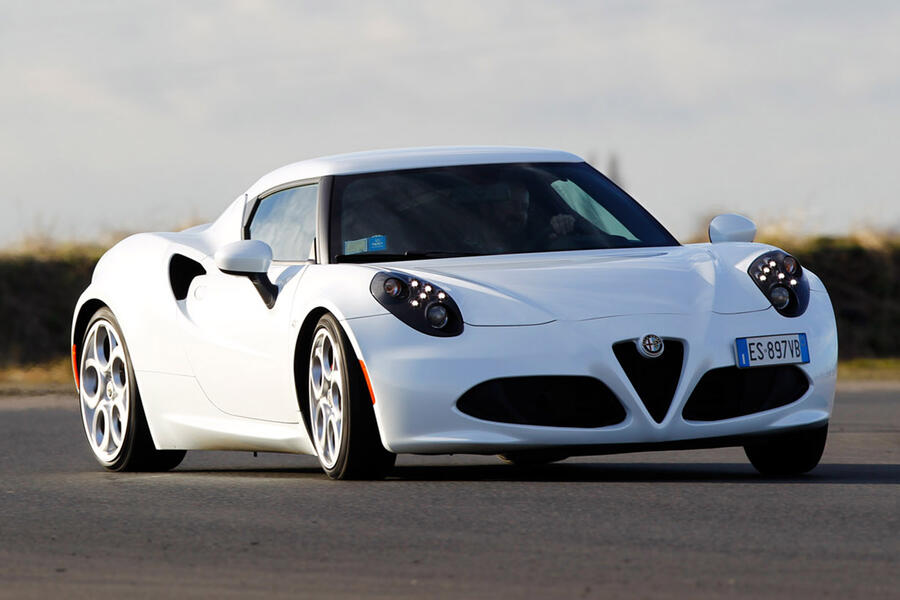
Alfa Romeo 4C, 1969 lb - 895kg: The 4C had all the right ingredients for a world-class sports car, including a superlight carbonfibre tub, but not quite the right recipe.
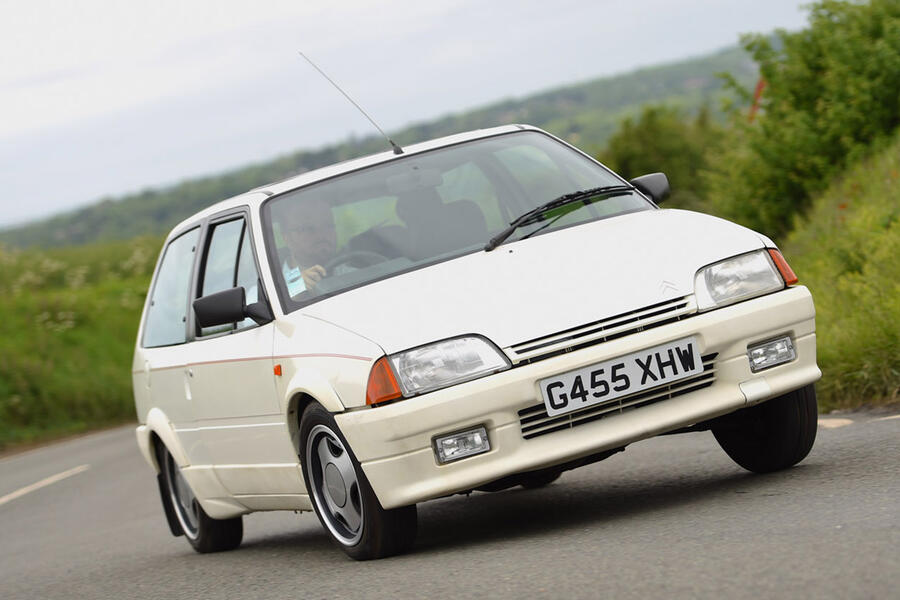
Citroen AX GT, 1588 lb - 722kg: The AX GT was a hot hatchback that weighed less than the Lotus Elise. It was horribly flimsy as a result but nevertheless terrific fun to hoon down a decent road.
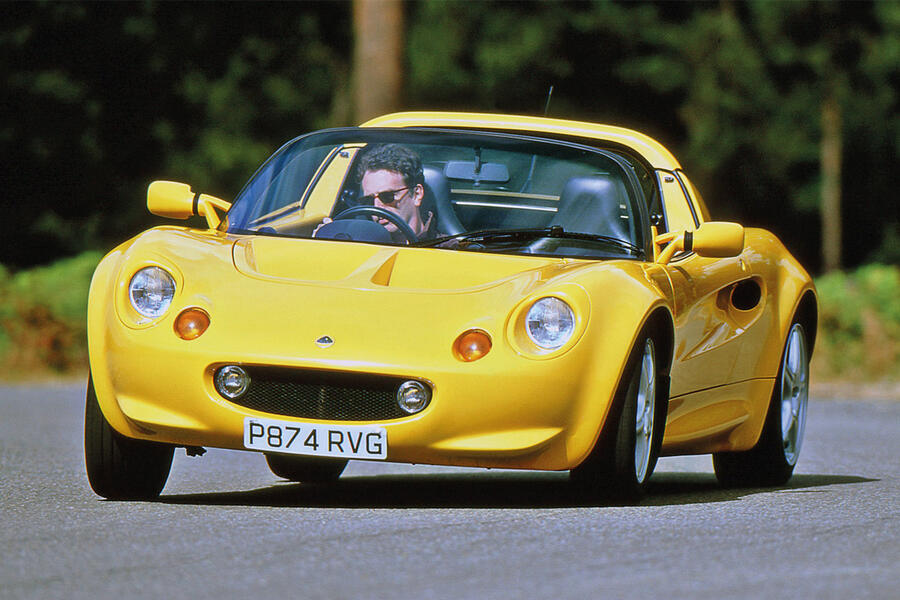
Lotus Elise, 1591 lb - 723kg: This is the original, Series 1 car with its aluminium brake discs. It was simple, technologically advanced and wonderful to drive. A Lotus, in other words.
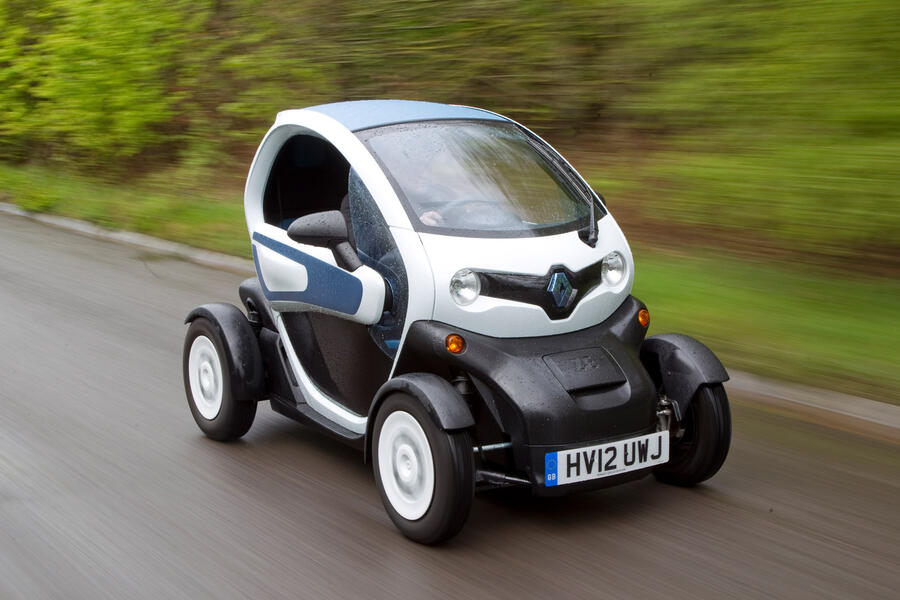
Renault Twizy, 990 lb - 450kg: This electric two-seater is actually a quadricycle in technical terms, but it’s still a genius bit of extreme lightweight car design. Forgoing the optional doors saves you a few kilos.
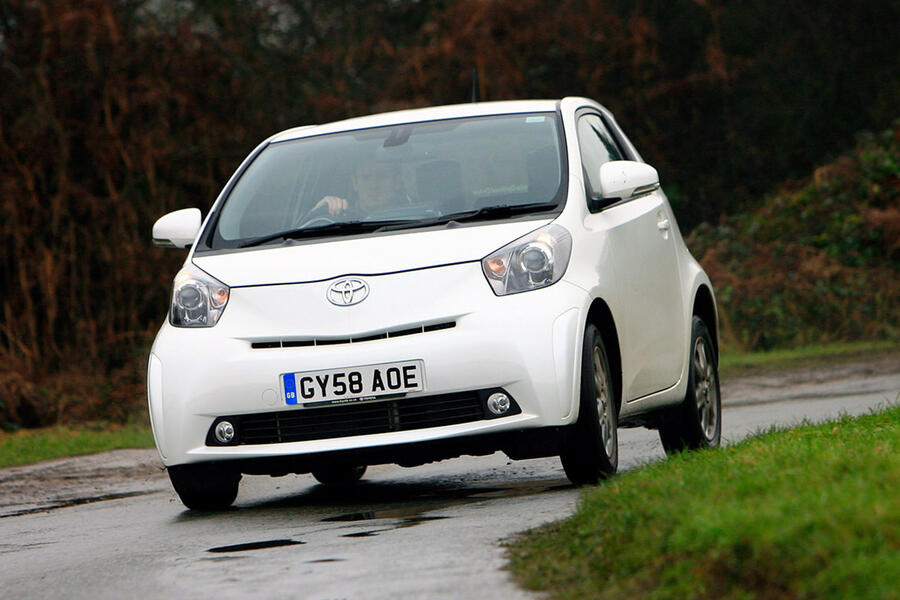
Toyota IQ, 1859 lb - 845kg: Given than it would carry four people, this city car was staggeringly light – a feat achieved largely by there being so very little of it.

Audi A2, 1969 lb - 895kg: By building this compact shopping car entirely out of aluminium, Audi saved hundreds of kilogrammes of needless weight.
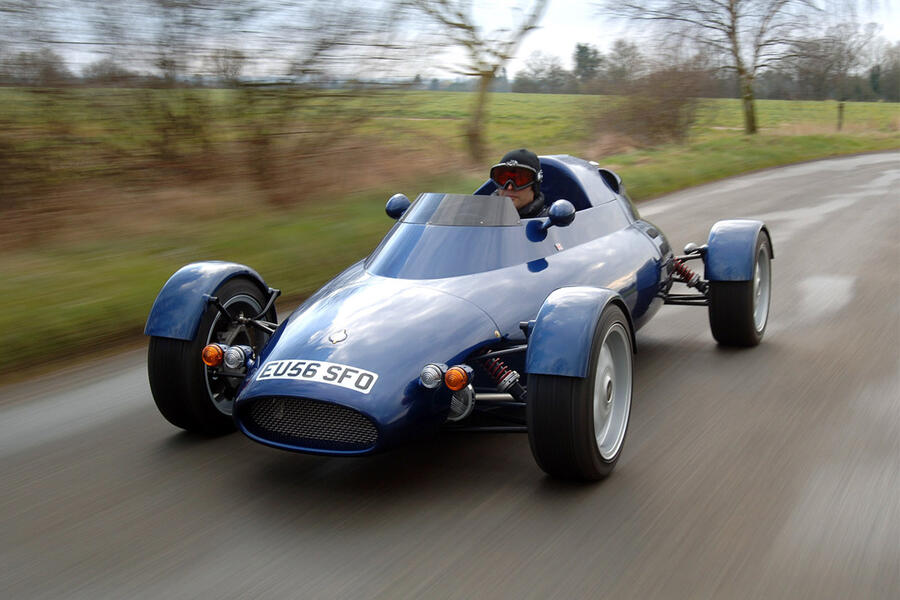
Light Car Company Rocket, 847 lb - 385kg: This single-seater remains the lightest road-legal production car of the past 30 years. It’s an overlooked Gordon Murray miracle.
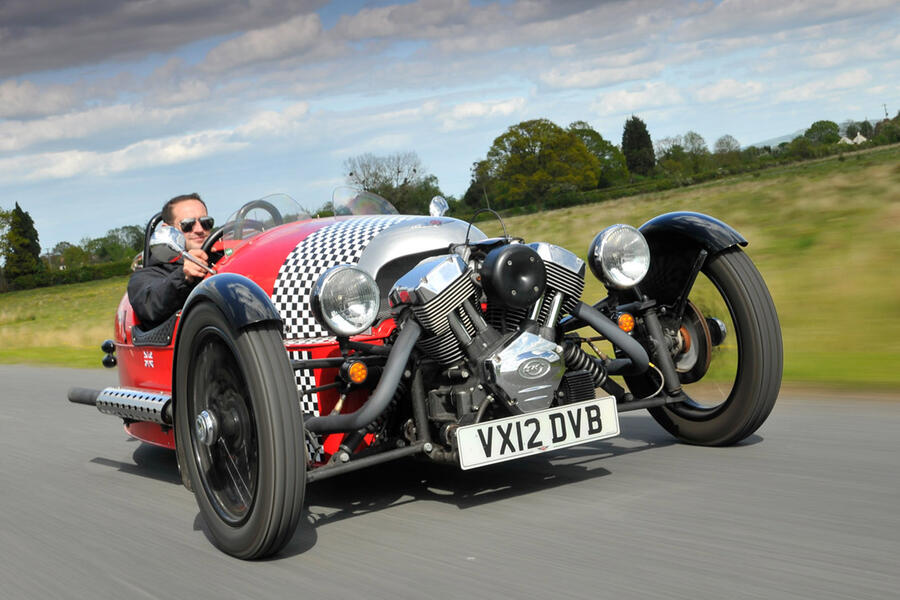
Morgan 3 Wheeler, 1155 lb - 525kg: Dropping the need for a fourth wheel, tyre, suspension and brake saves a lot of a weight, as you can see. The 3 Wheeler gets rid of a lot of other things, too, but that doesn’t matter.
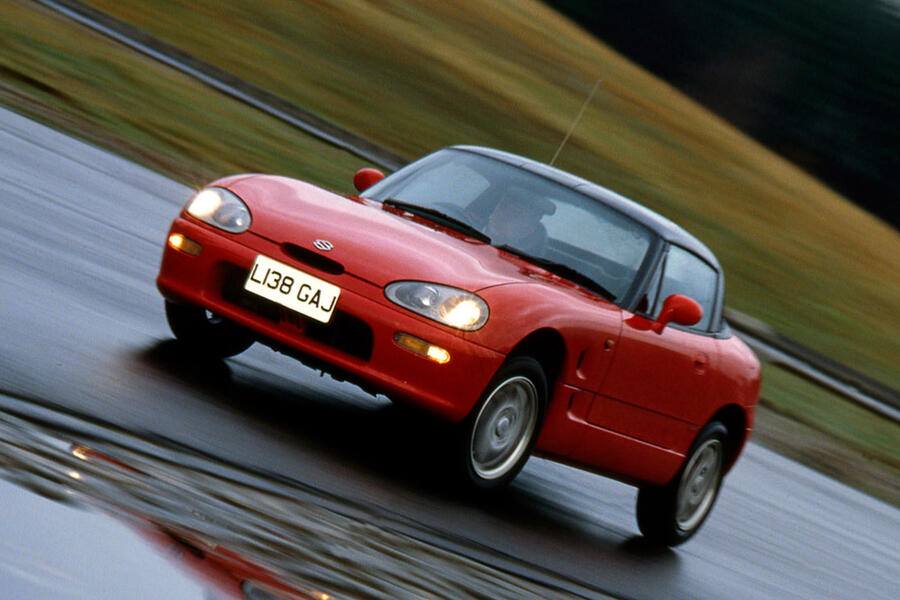
Suzuki Cappuccino, 1595 lb - 725kg: This little roadster is evidence of the good that legislation can do. Designed for Japanese kei-car rules, it was a superlight, super-cool alternative to the Mazda MX-5.
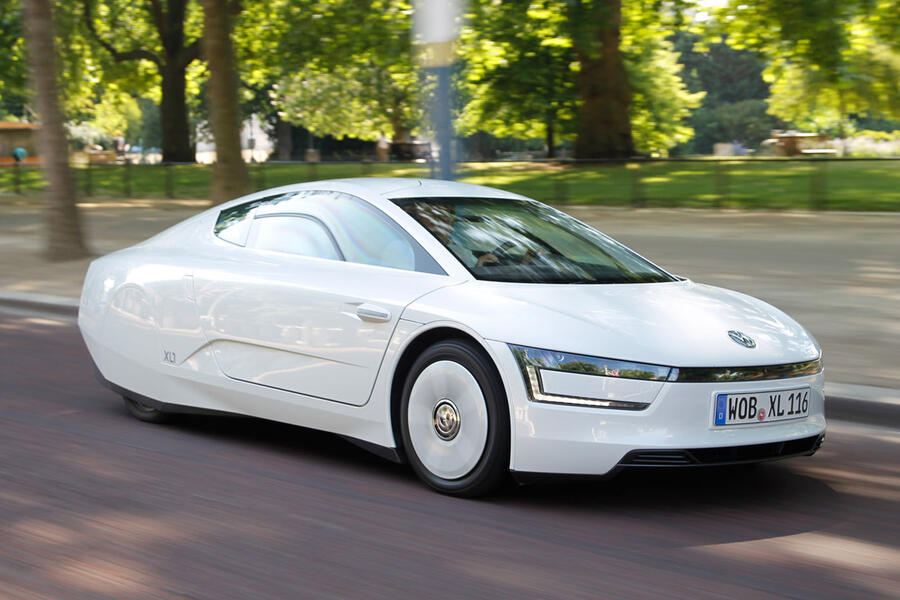
Volkswagen XL1, 1749 lb - 795kg: This was a superlight plug-in-hybrid technology showcase put into limited production. Incredible aero and trick materials meant 200mpg with ease.
READ MORE
New Caterham Super Seven 1600 revives spirit of the Seventies

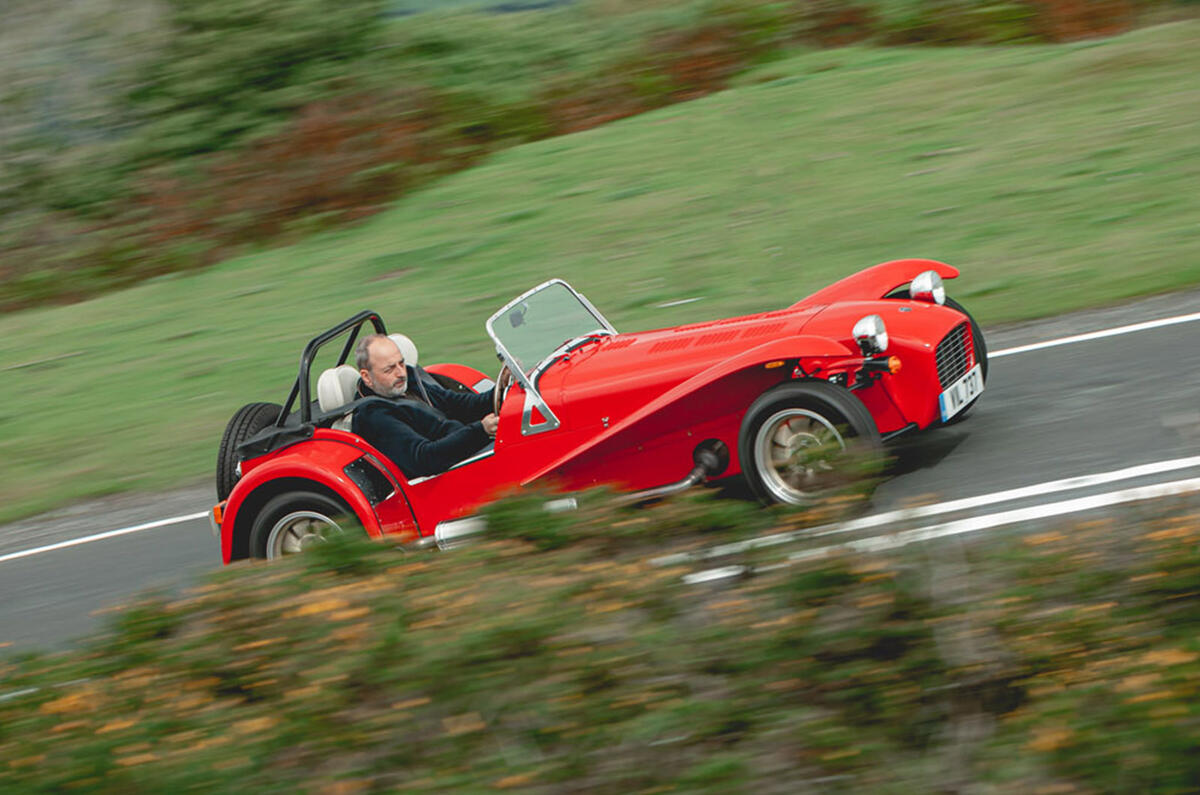
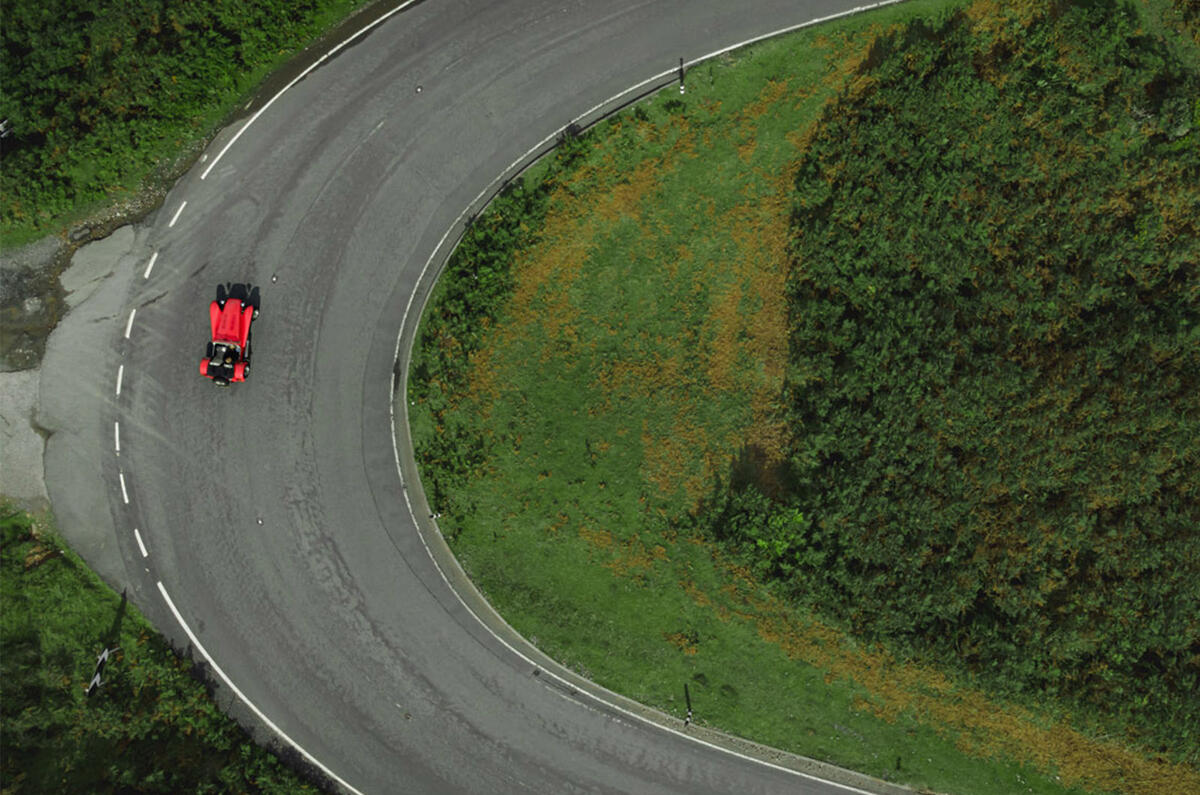
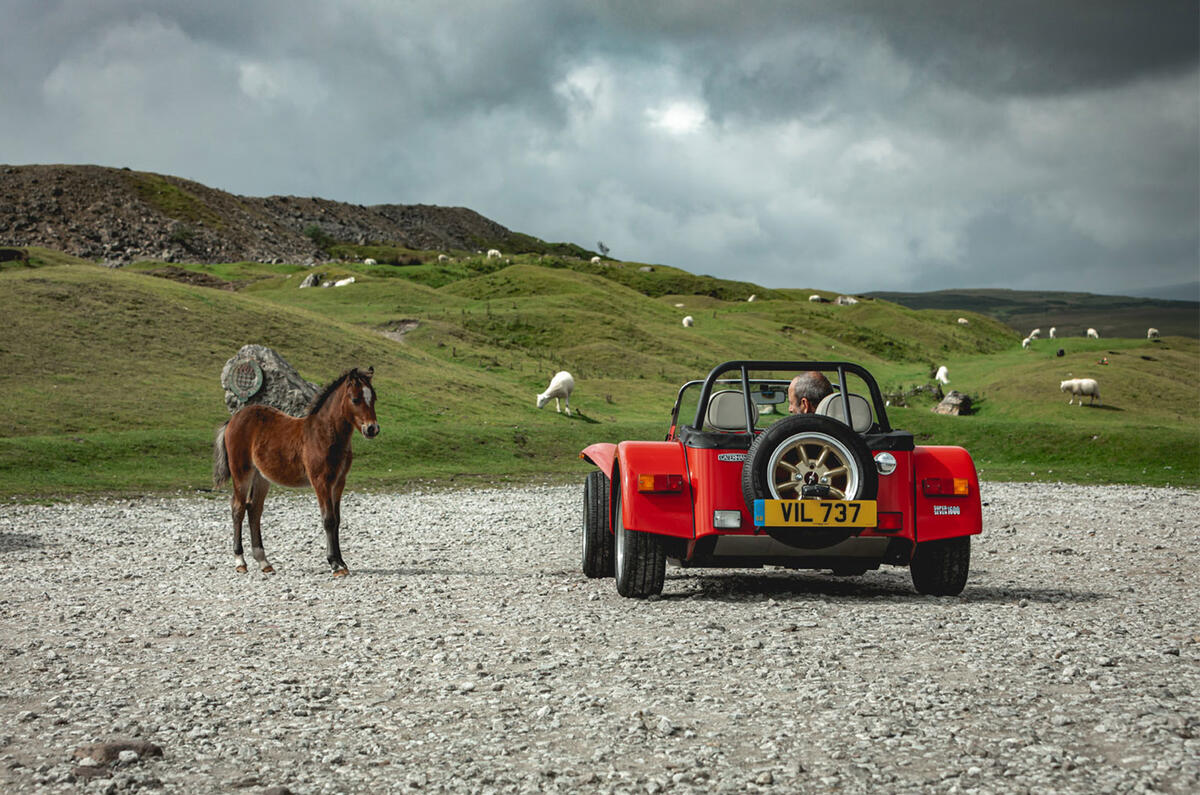
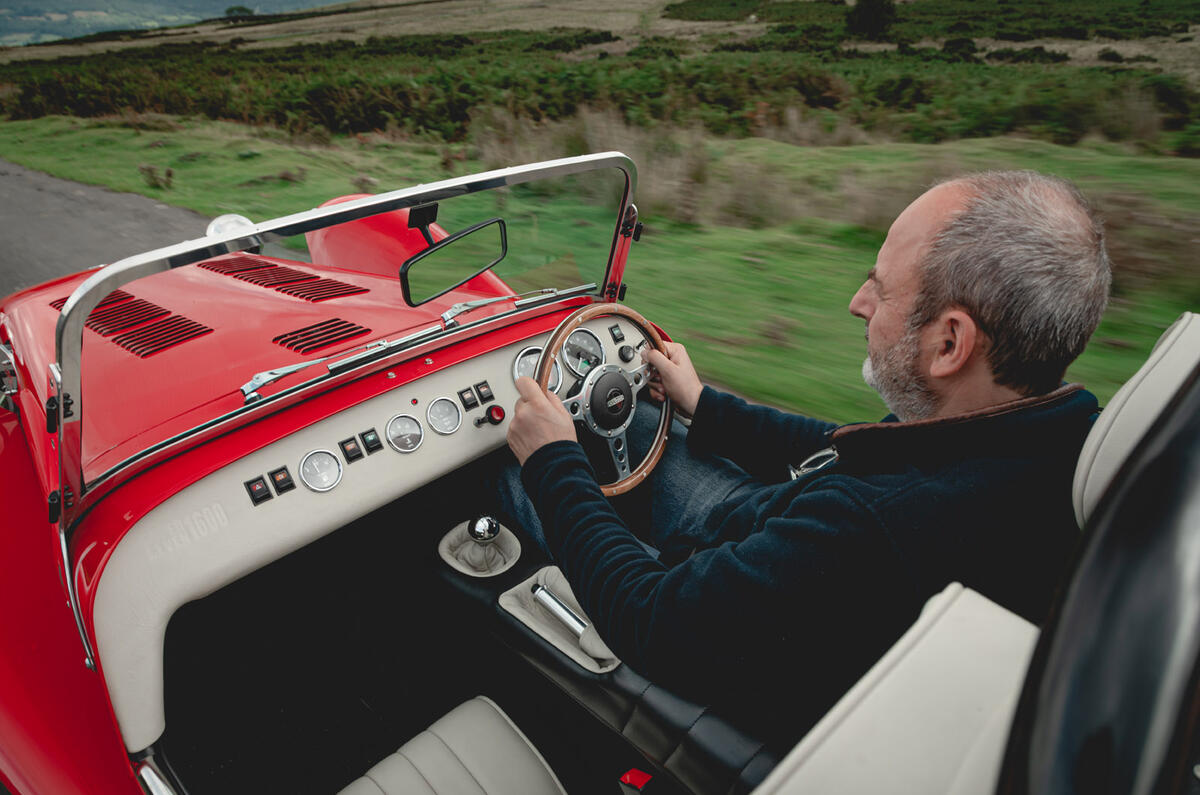
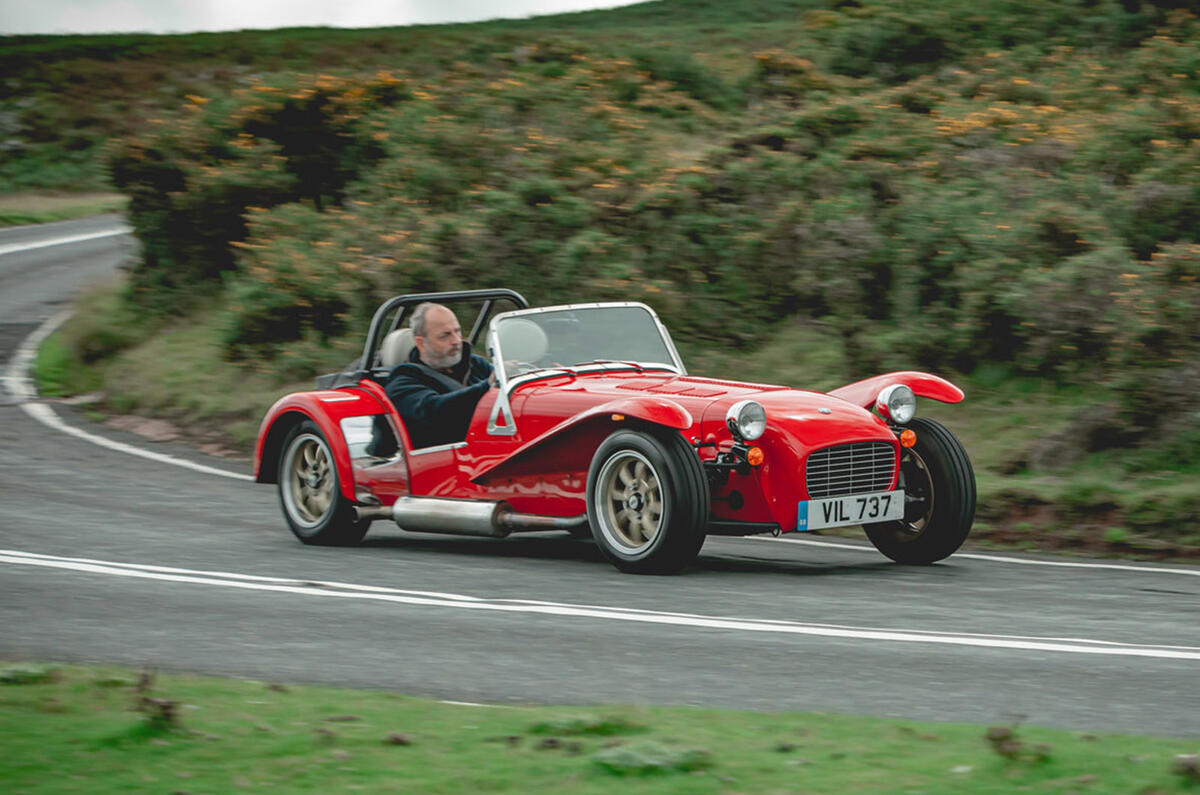
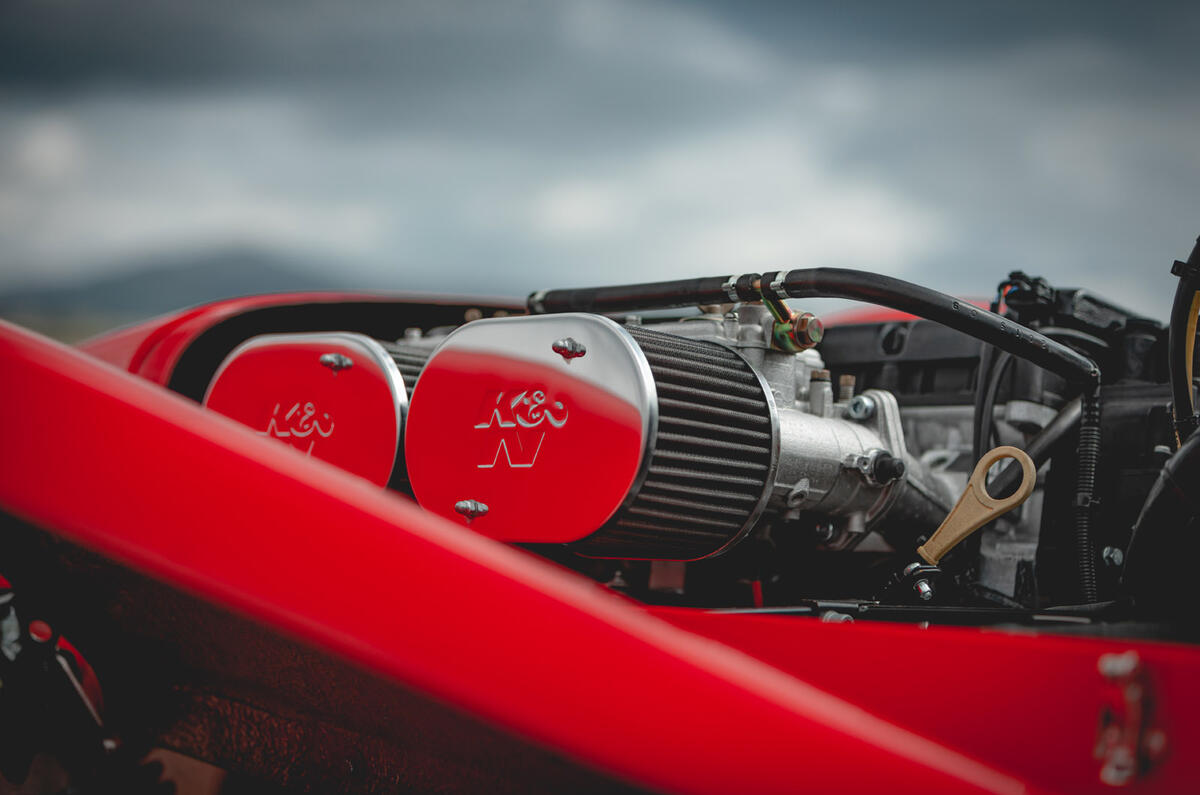
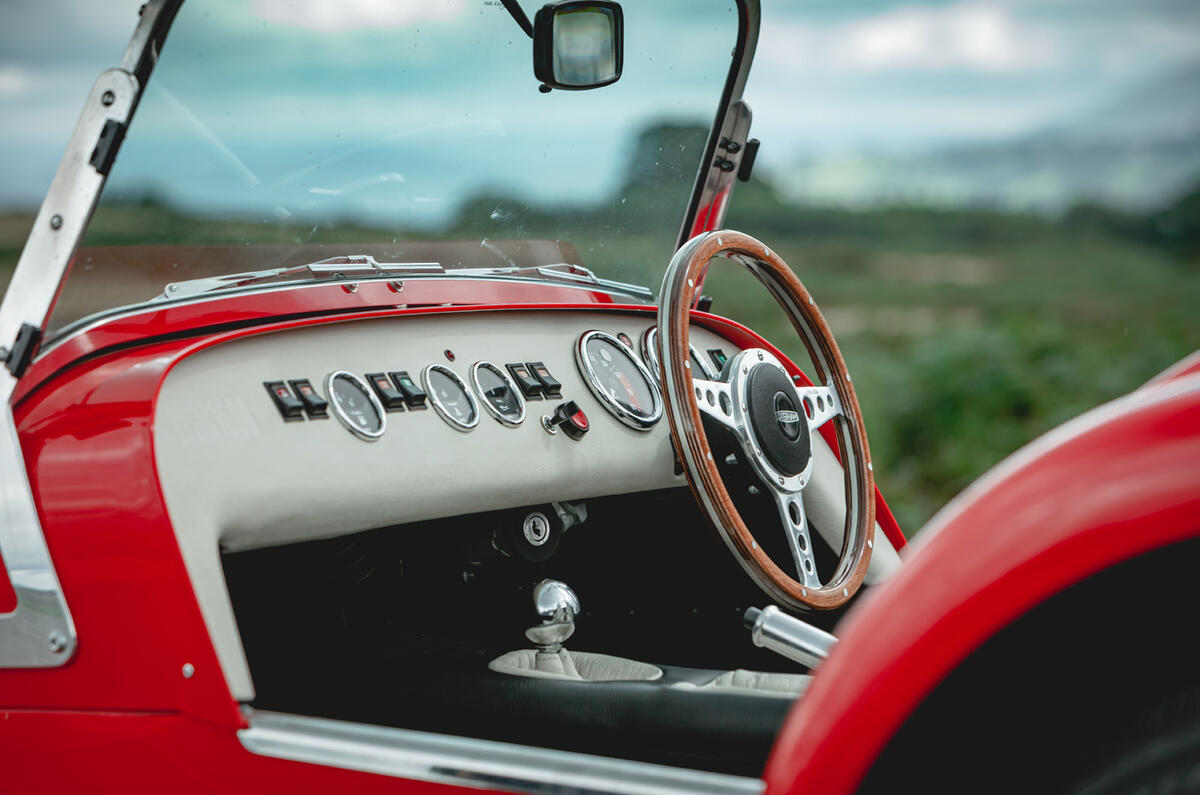
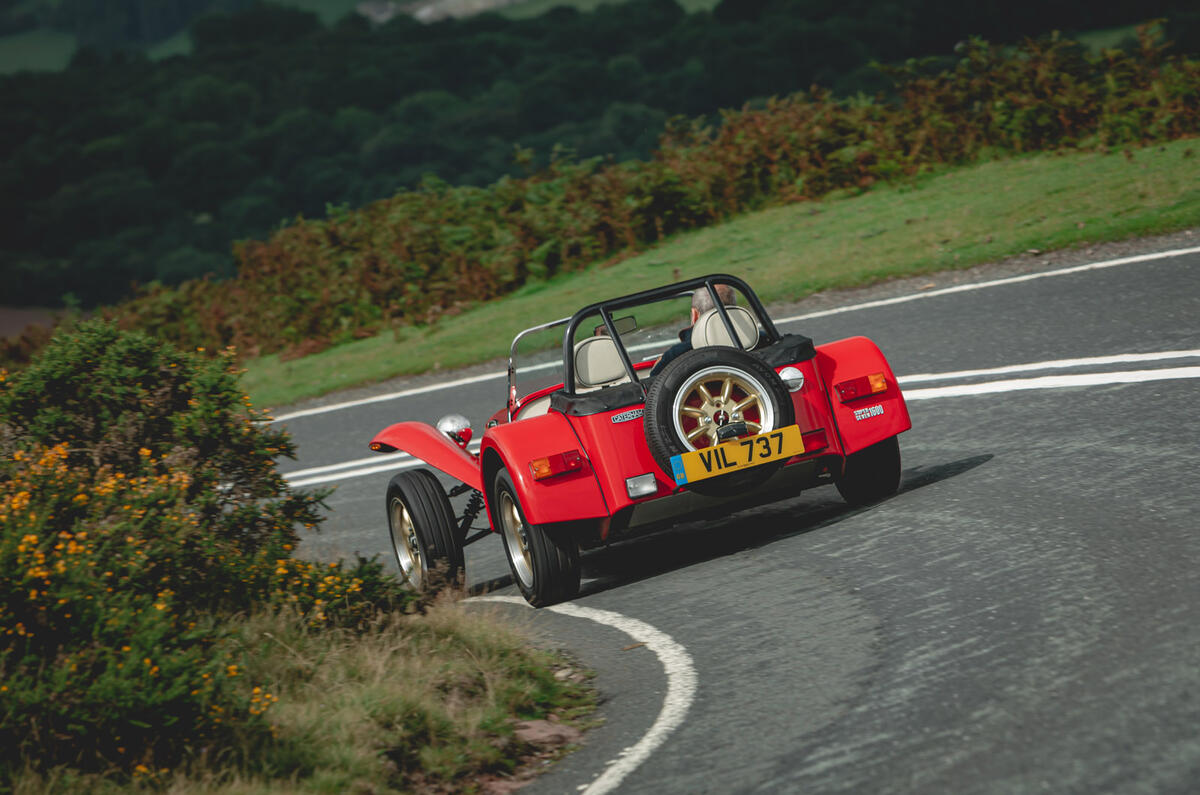
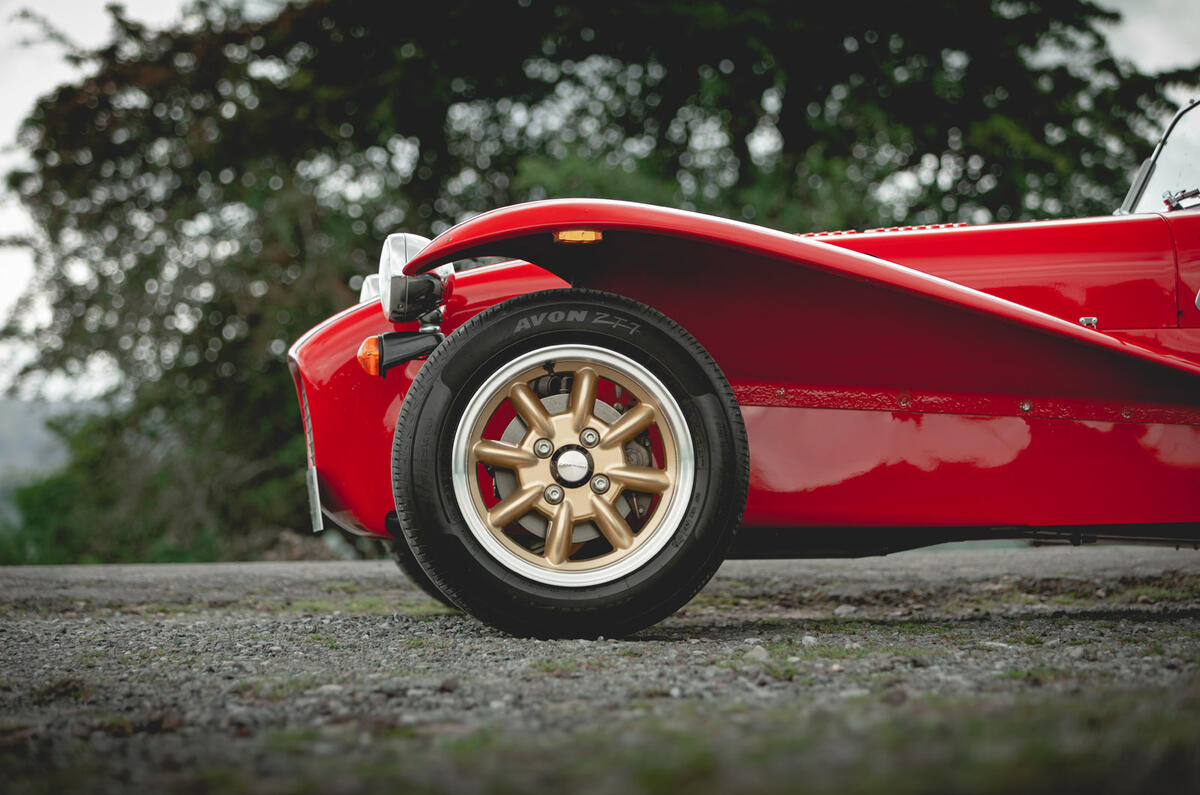

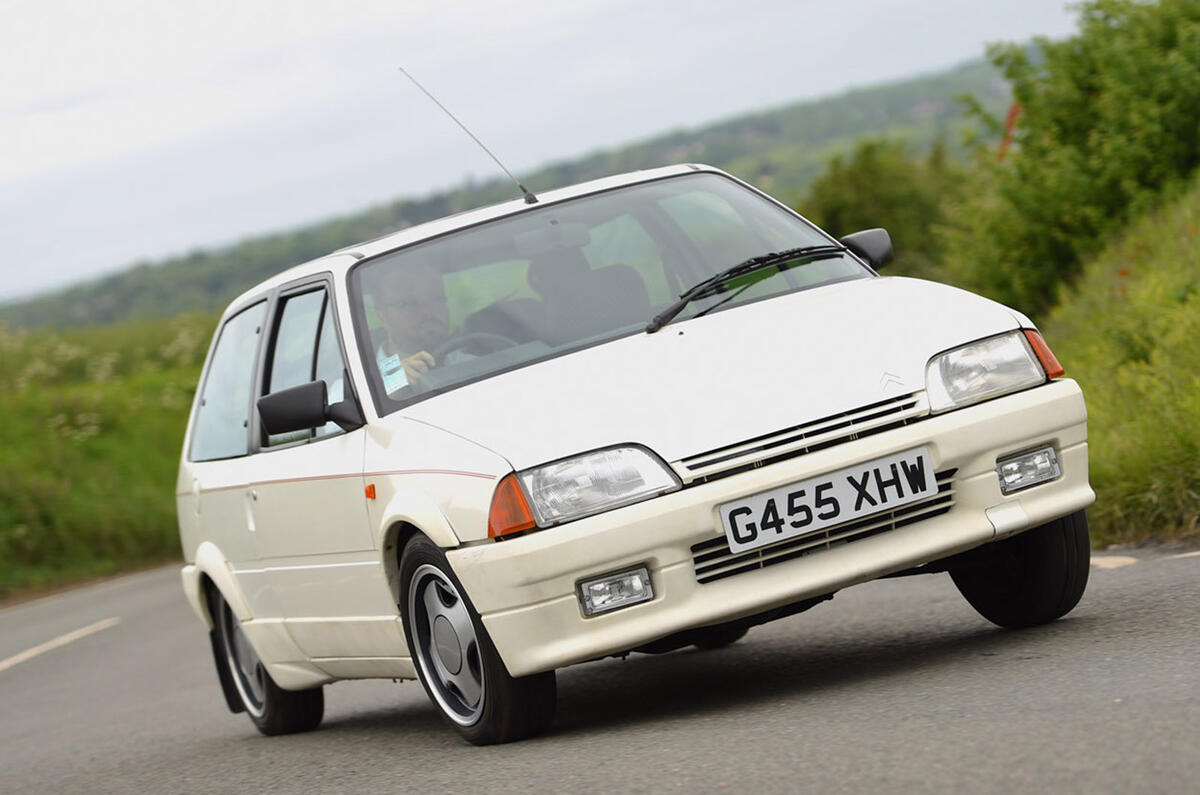
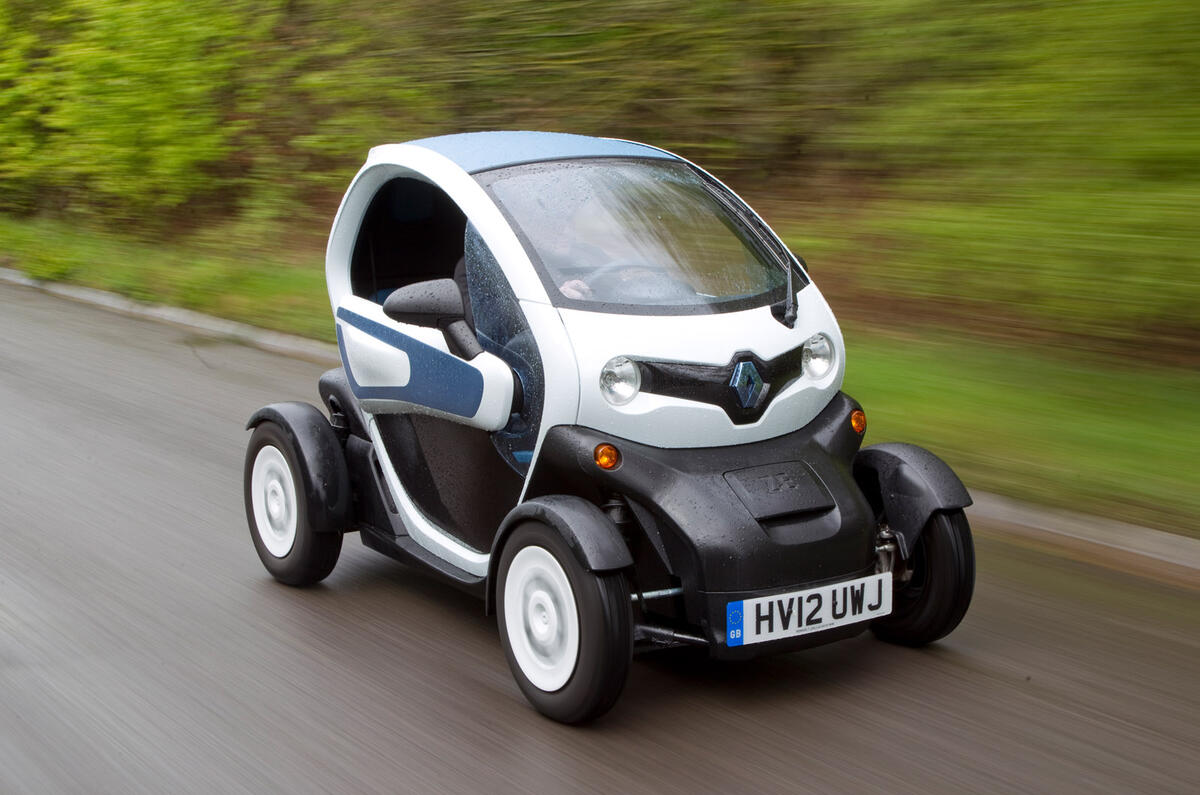


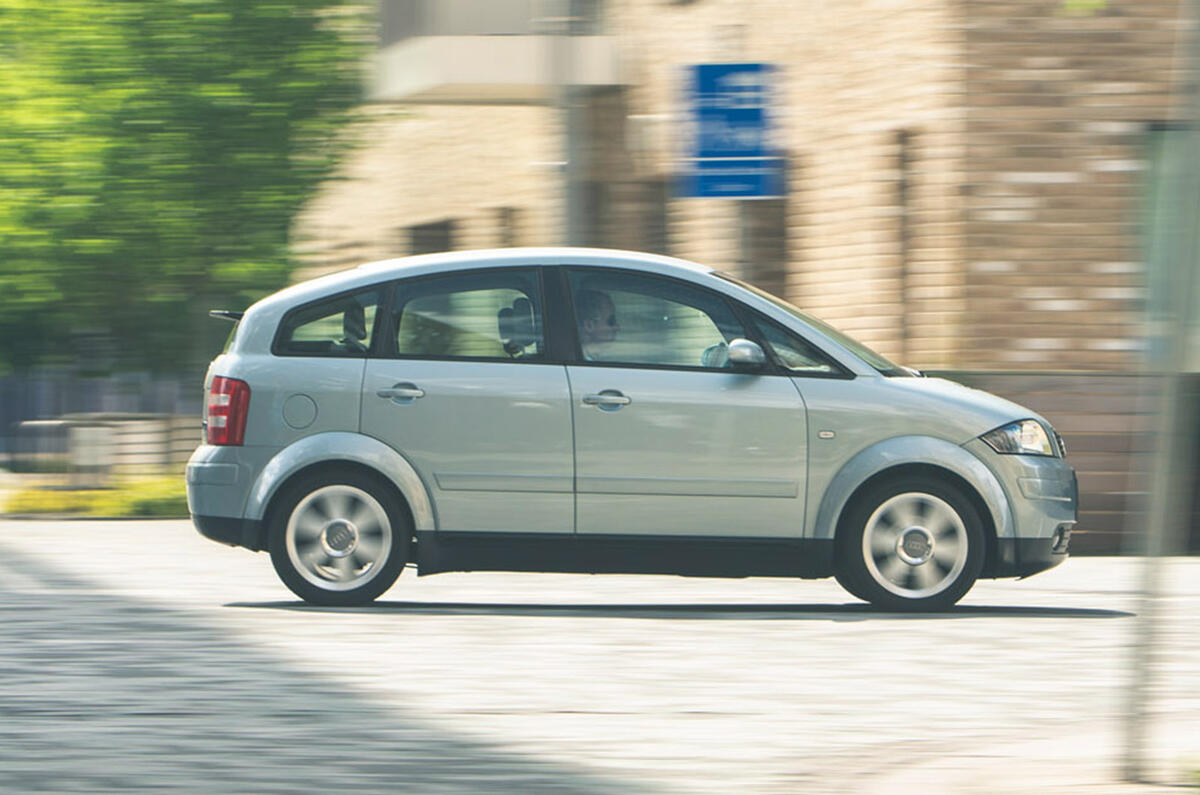
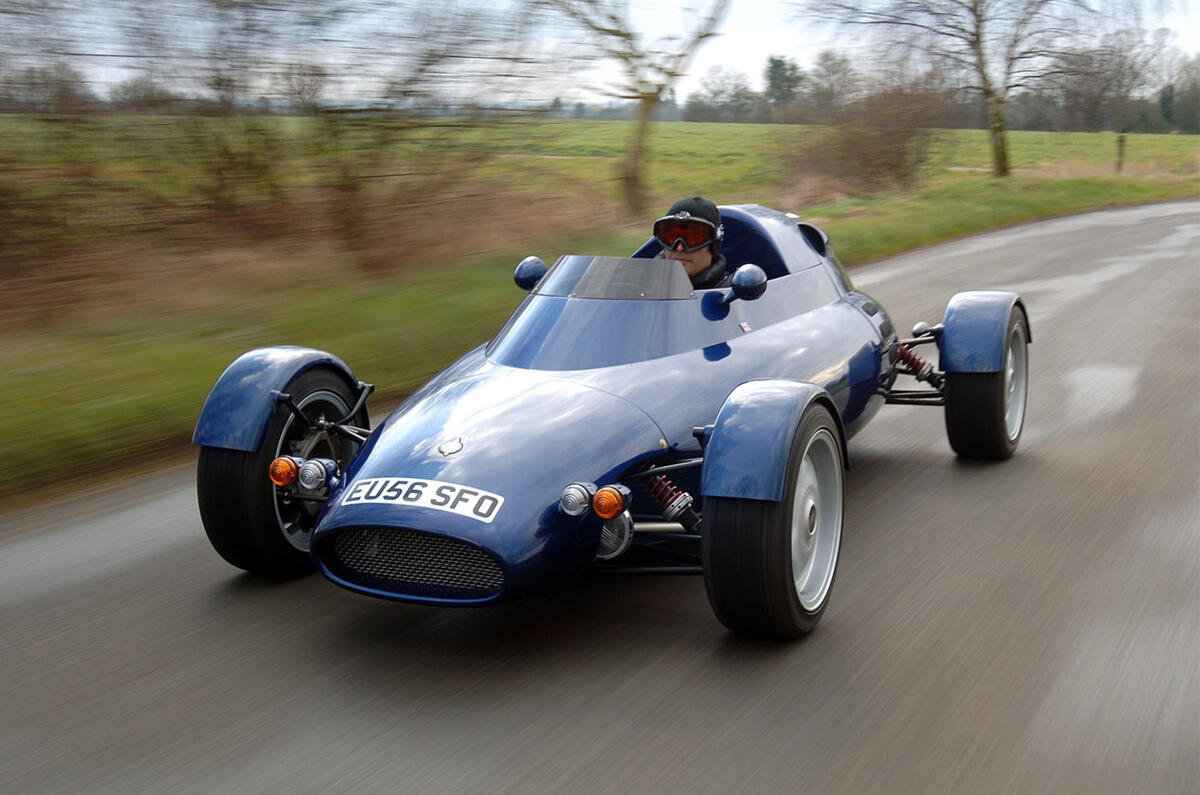
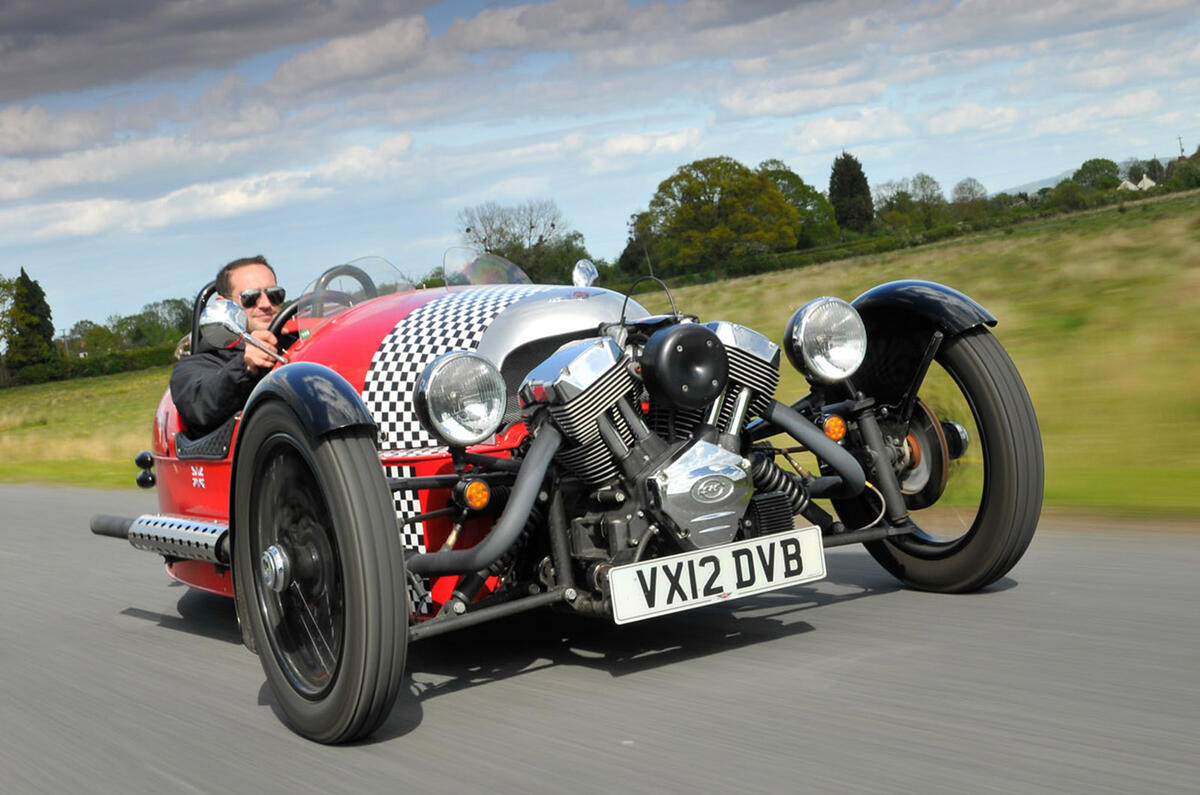
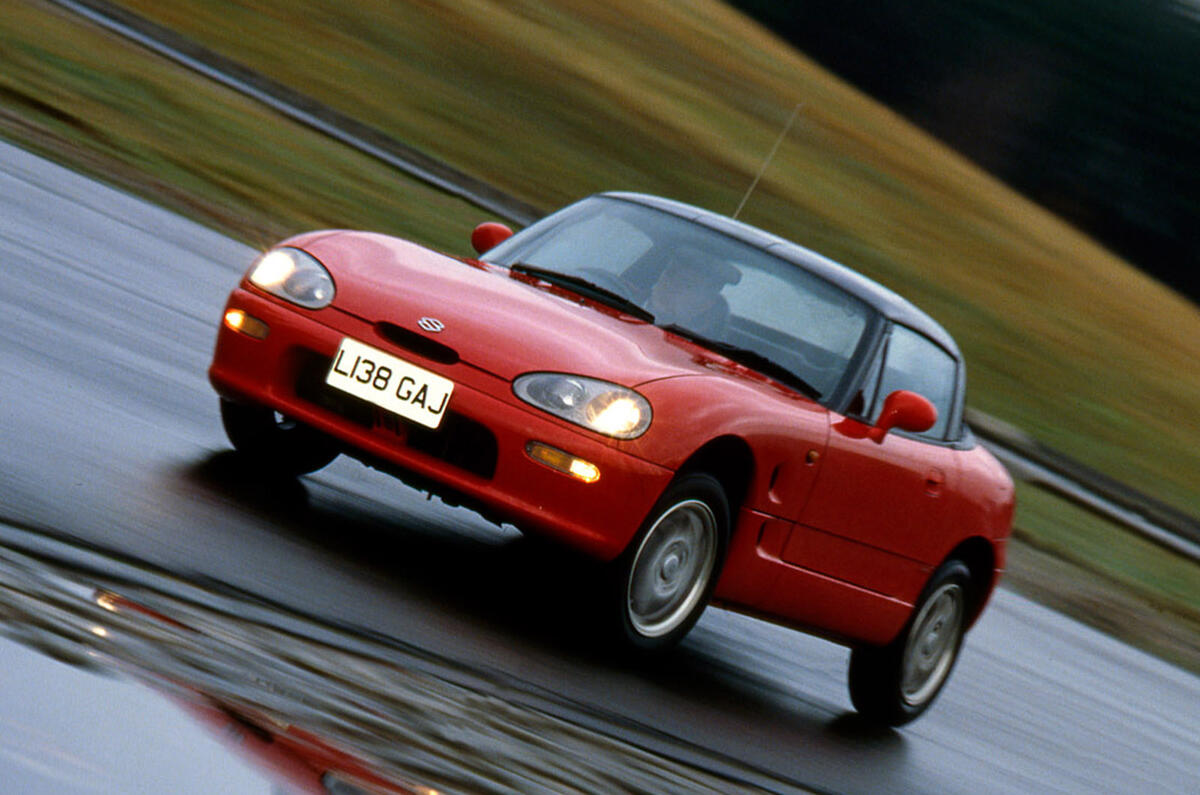
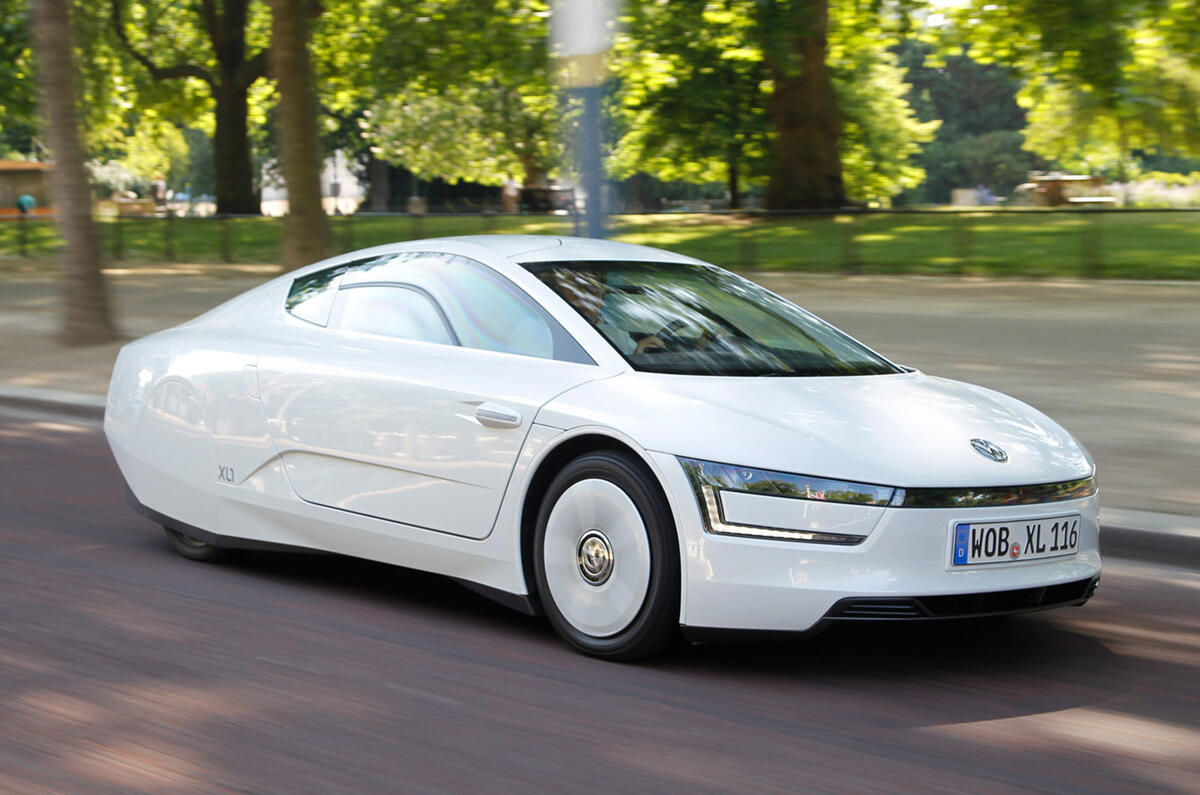
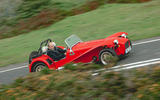
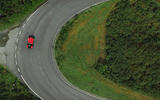
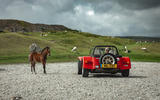
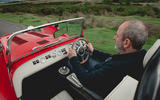
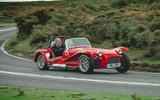
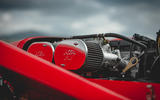
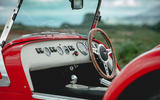
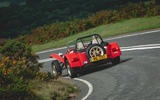
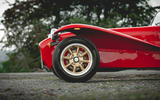
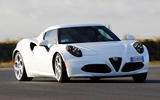
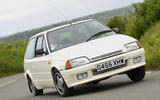

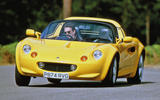
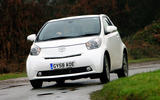

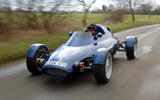
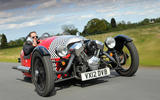
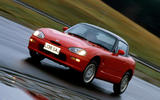
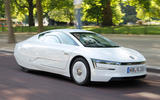


Add your comment